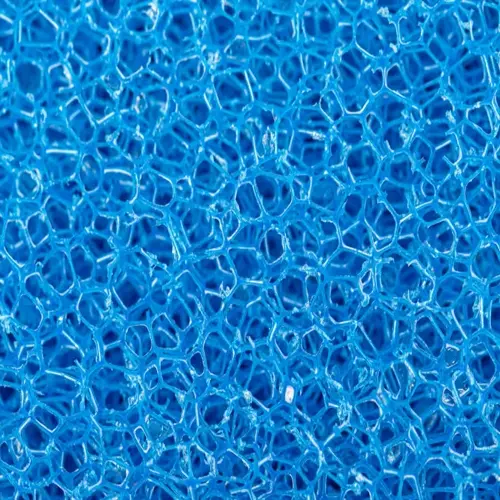How do I safely lower aquarium hardness?

Written by
Kailani Okoro
Reviewed by
Prof. Henry Webster, Ph.D.To lower aquarium hardness safely requires methods to avoid shocking aquatic life. Very high mineral levels in the GH of an aquarium can pose problems for soft-water fish, such as discus and tetras. A sudden decrease in hardness will affect the gills of the fish, causing them to be unable to regulate the salt content of their bodies properly. I personally learned this fact when I lost my cardinals due to too sudden a lowering of the GH.
Perform partial water changes using water from reverse osmosis (R.O.). Reverse osmosis removes the minerals from the water that create hardness. When performing the weekly water changes, use 25 to 50 percent R.O. water mixed with treated tapwater. My angelfish are thriving at a g. hardness of 4 dGH, as measured using the above method. Please test the g. hardness before and after every water change to help monitor progress.
Incorporate peat moss into your filter media. Bag it in a mesh bag in your filter compartment. It will exude tannins, which naturally ligate your minerals. Replace monthly as it loses its effectiveness. With this technique, I maintain a 5 dGH in my community tank.
Preparation Steps
- Test current GH/KH levels
- Determine target hardness for fish species
- Pre-soak driftwood for 2 weeks
- Prepare RO water 24 hours in advance
Gradual Reduction
- Lower max 1 dGH per day
- Mix methods for steady results
- Monitor fish behavior hourly
- Test parameters every 12 hours
Acclimation Process
- Drip acclimate new fish over 3 hours
- Observe for stress signs: clamped fins
- Provide hiding spots during transition
- Maintain stable temperature throughout
Avoid substrates based on limestone, and crushed coral, which make the water hard. Use inert sand or smooth gravel. My discus tank has soft water with pool filter sand. Test decorations in a jug of vinegar; if they fizz, they leach minerals.
Acclimate fish EXTREMELY SLOWLY to new parameters. Be sure to perform drip acclimations over 3 hours or more. Look for rapid expansion and contraction of gills, a sign of stress. I have lost fewer fish when I have extended the acclimation times. Soft water fish need this very gradual change.
Stable conditions must be maintained after target hardness is achieved. Continue to use RO water for top-offs and changes. Test for GH weekly to catch mineral creep. I keep my Amazon at 3 dGH with rigorous maintenance. Better to be stable than to take measures to correct health problems.
Read the full article: Understanding Aquarium Water Parameters

